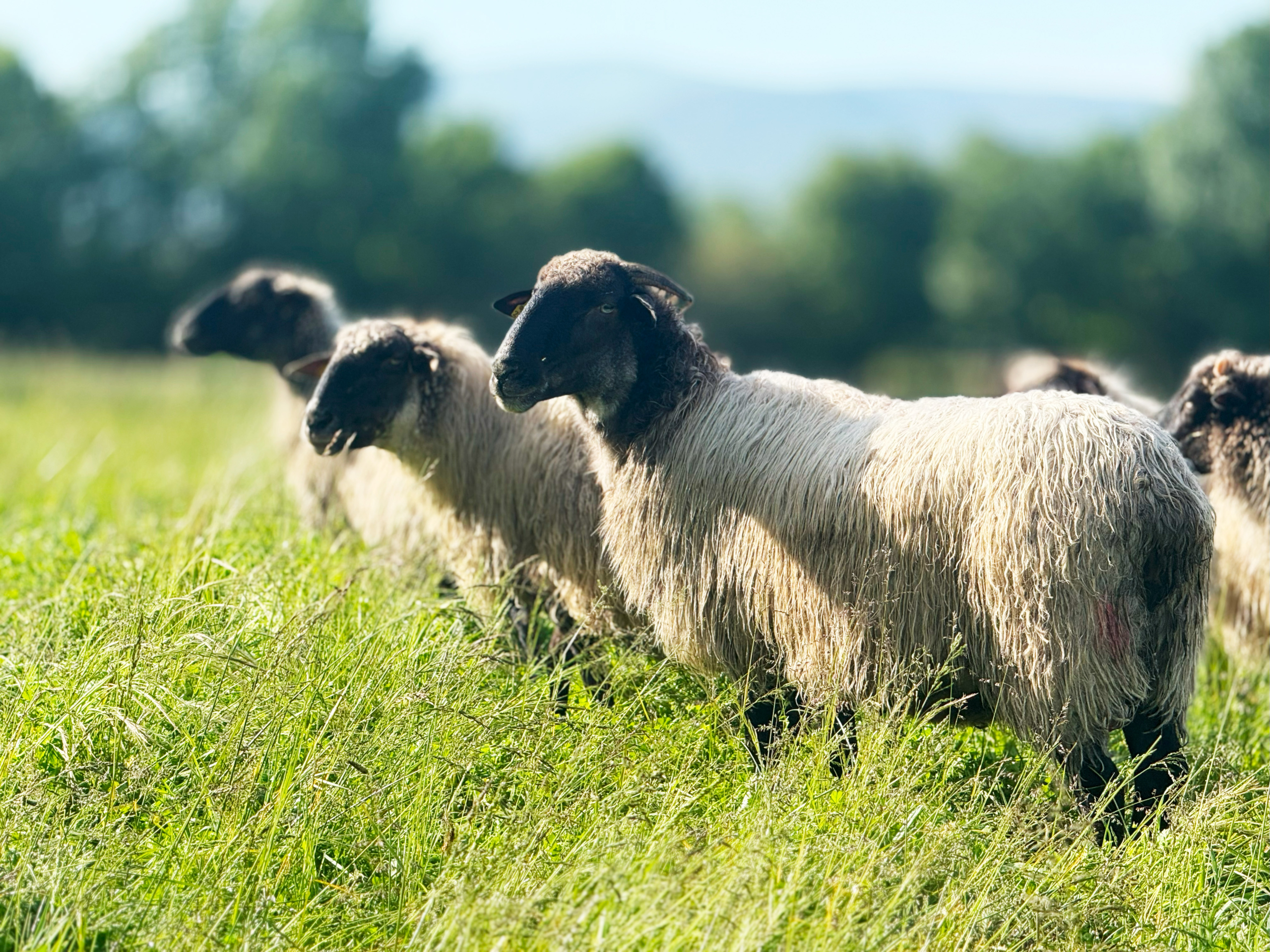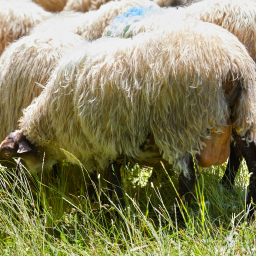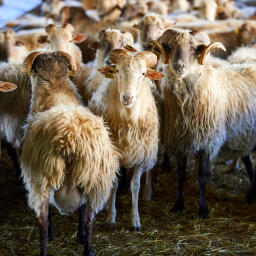NEW
Four decades of work aimed at the genetic improvement of the Latxa sheep in the Basque Country
24 July 2025- Since the 1980s, NEIKER has collaborated in the development of a genetic improvement programme that has allowed us to increase production and improve mammary morphology without affecting milk quality, in order to meet the challenges of the sheep sector.
More than 200 livestock farms in the Basque Country currently group together around 140,000 sheep of the Latxa breed, an autochthonous variety historically linked to the territory. Around 50% of these flocks are integrated in the Idiazabal Designation of Origin and approximately 20% participate in the genetic improvement programme. At the end of the 1970s, however, this breed was considered unproductive and with a health situation that affected the viability of the farms.
In the early 1980s, NEIKER, then known as CIMA, together with the Basque Government, began work focused on the health control of livestock, intervening in diseases such as agalactia, brucellosis and tuberculosis. At the same time, we laid the foundations for the genetic improvement programme for the Latxa sheep, with the introduction of milk control in 1982. This tool made it possible to assess individual milk production per campaign, which led to a selection system based on objective data and helped to guide the subsequent development of the programme.
A system in constant evolution
The introduction of artificial insemination in 1984 was a turning point, making it possible to multiply the spread of genetic material from the best males to the best ewes in the flocks and thus improve the population. ‘Artificial insemination has been essential for making progress in the genetic improvement of the Latxa and consolidating a system that responds directly to the priorities of the sector’, points out Itsasne Granado Tajada, researcher at NEIKER.
Through this tool, it was also possible to select animals with higher genetic resistance to scrapie, a neurodegenerative disease affecting the nervous system of sheep, especially in the case of males used in insemination centres.
During the first decades, the programme focused on increasing milk production, which has improved to 100 litres produced per ewe over the course of a lactation. Later, new functional assessments were incorporated, such as milk fat and protein content, directly related to cheese yield, and udder morphology, whose aspects, such as teat insertion and depth or teat orientation and size, affect both mammary health and mechanical milking.
These lines of work have remained active and have been extended to include other areas such as nutrition, in which the aim is to optimise the use of local resources (pasture and fodder) or the supplementation offered to the animals (feed) and to evaluate different additives and by-products with an impact on milk and meat production. Work has also been carried out on protocols for measuring animal welfare in commercial herds. In addition, since 2013 in the NEIKER herd, we have been applying a rotational grazing system that allows us to study its long-term effect on carbon sequestration, soil health and the balance of the ecosystem.
Adapting to new challenges
Currently, the breeding programme incorporates new lines of research focused on sustainability and adaptation to climate change. Within this strategy, traits such as thermotolerance, functional longevity and reduction of enteric methane emissions, developed within the framework of projects such as ARDI2 and SUMASHEEP, are being studied. Although they are still in the evaluation phase, these studies mark the priority lines for genetic improvement aimed at the resilience of the production system.
Another current challenge is the generational changeover in the sheep sector. ‘We are exploring technological tools that facilitate management, such as virtual fencing or systems for monitoring the state of the animals, to help make livestock work more accessible to those who join in the future,’ says Itsasne Granado Tajada.
From the outset, the programme has been developed in collaboration with CONFELAC, breeders’ associations, insemination centres such as ARDIEKIN and INTIASA and the management centres in each territory. This is in addition to alliances with national and international benchmark research bodies and institutions.
In addition to participating in national and European projects, at NEIKER we develop the genetic values that are applied in the Breeding Programme and collaborate in its technical monitoring. Through conferences, meetings and training activities, we directly transfer scientific advances to facilitate their practical implementation in the region’s livestock farms.






